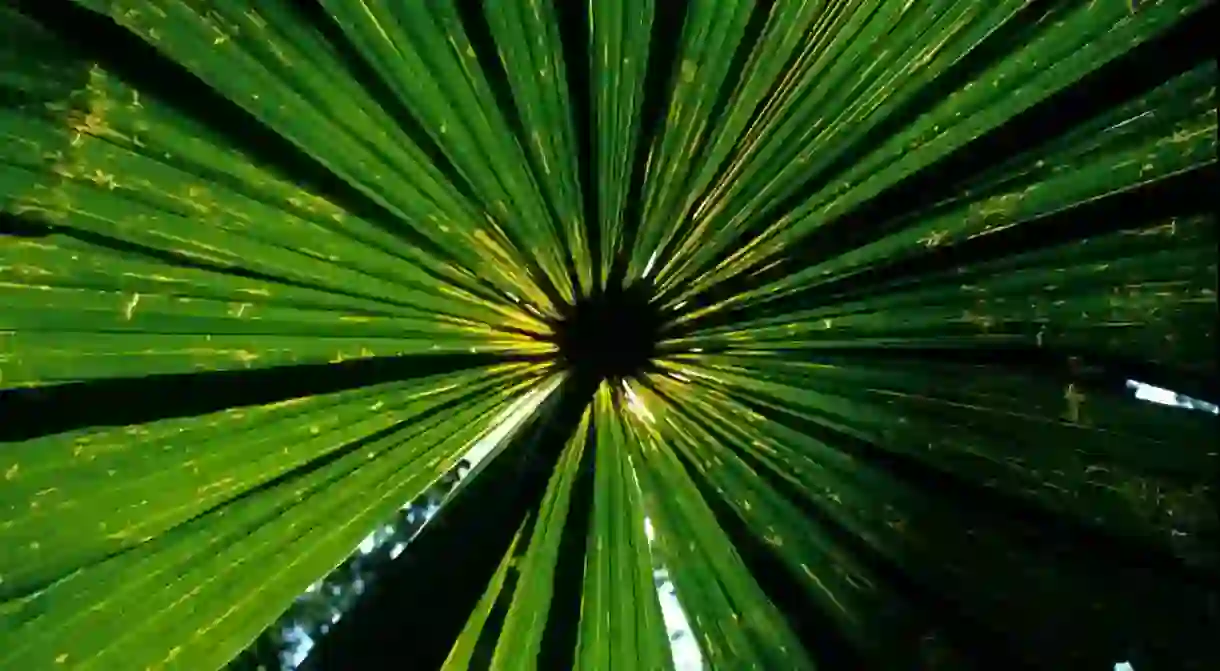Natural Vibes: How To Turn Your Space into a Zen Sanctuary

Contemporary society is finally becoming more aware of the invaluable, incontrovertible need for natural preservation. And it isn’t just about preserving our natural landscape, but also our human spirit; there is a marked shift in the cultural climate which places higher value on a more earth-based understanding of the world, and in our new technological age, we’re finally coming to terms with our predecessors’ negative impact on the environment. Maybe we’re finally “getting back to our roots” in more ways than one, but we’re definitely seeing its impact on home design.

One trend for 2016 is the intentional incorporation of the natural world into one’s living space, as well as an eye towards building developments that better incorporate their natural landscape.
The “wild” aspect of human nature, that which is directly connected to the earth, is showing up in more design trends than ever. We see it as a harkening back to all that is primal, with a seductive call to the elements (earth, air, wind, and fire), and the possibility for rejuvenation. Contemporary design is not only becoming more eco-friendly, but also celebratory of man’s connection to the nature. So how are designers, creators, and aestheticians blurring the stark lines of modernity with fecund echoes of the natural world?
Home Elements
As the center for domestic activity, the home is the ideal haven for all things wild. With so many modern architects using clean lines, glass, and metal in their designs, particularly in new luxury projects, a touch of the natural world inside the home can make all the difference.
Design trends tend to reflect a particular cultural or social consciousness—whether in the exterior elements of a particular property or project, or the interior elements of a home. Here’s what we’re noticing…

Colors
More earth-based tones—neutral, warm tones ranging in all tones of grey, beige, terra cotta, earthy yellows, green, brown, and blue. These colors are best used as a fresh coat of paint and normally work well with most existing décor. A coat of paint adds a subtle touch to your immediate environment and can create a sense of warmth around the room, without completely redesigning your home.

Elements of Texture
Texture can be incorporated into home décor in many unexpected ways. Think pillows, rugs, tapestries, baskets, wallpaper, and even plants. Some people have a misguided notion that wallpaper is outdated or even archaic. With so many new wallpaper designs, like sand-textured, grasscloth, or raised-print wallpaper, there’s no reason not to give your walls a new texturized look–even if it means a single accent wall.
Plant Life
Succulents in small dishes around the room are a quick way to give any space a “natural” makeover. They’re low upkeep and normally only need to be soaked in water overnight every 2-3 weeks. Try to get creative with the plant holders – rather than a traditional holder, opt for a colorful plate or hand-painted teacup.

Large house plants strategically placed around the room at various heights (in corners, window sills, under tables, inside cabinets, etc.) are also a great way to incorporate the “natural world” into your living area. Particularly in the dark, winter months, have a bit of verdant foliage sharing your space is always rejuvenating on the spirit and aesthetic.
Textiles and Prints
Rather than go for heavy fabric draperies and materials such as velvet (which is another, distinctly different trend right now!), opt for light linens and bohemian-style prints.
Another way to incorporate ephemeral, wild elements into the home is to choose cloud-like, “atmospheric” fabrics and designs that resemble Mother Nature at her fiercest, softest, and most vibrant. Think soft pinks and light blues, or more precisely the Pantone Colors of the Year for 2016.
You can achieve a similar “air” inspired look without linens at all – try a fluid, abstract painting as a statement piece for the living area of your space. Make sure the statement piece is large enough to stand on its own, and consider a vintage, rustic unfinished wooden frame to house the artwork.
Conscious Décor
Spending time in the great outdoors has known benefits for the mind, body, and spirit, including lowering stress levels and increasing brain function, but that’s not always possible for busy city-dwellers. Incorporating aspects of nature into your abode can raise your spirits, help clear the mind, and facilitate zen vibes. Your home should be a personalized sanctuary, that you want to come back to everyday – to rejuvenate your spirits and refresh your mind.
Architectural Styles You May Like:
The Mediterranean Style (and Mediterranean Revival) is prominent in Europe, Latin American, and even the U.S. It evokes both wind and earth elements, and is normally found in seaside villas and palaces.

American Craftsman Style
Homes sometimes feature interior stone and are known for “simplicity of form, local natural materials, and the visibility of handicraft.” Can also be bungalows, and are often primarily wooden structures.

Farmhouse Style
Normally tall, narrow windows laid out for cross breezes with large porches, wood siding, and may even include a metal roof. The example below is a former farmhouse in the U.K. redesigned in the style of John Nash.














